(15902 products available)











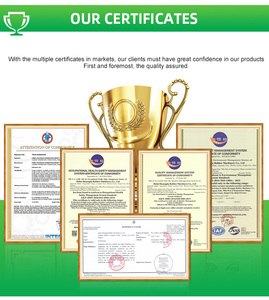

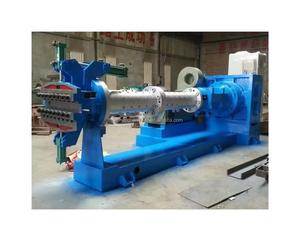






















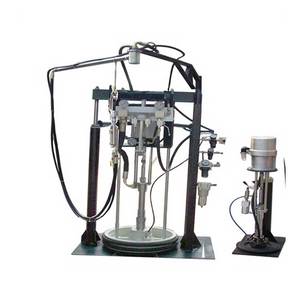
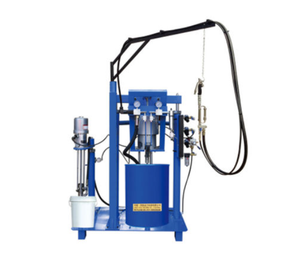










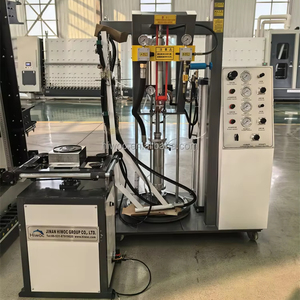





















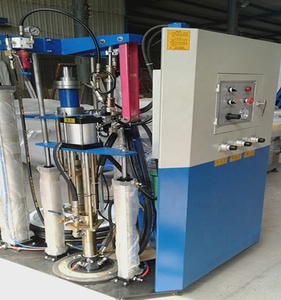



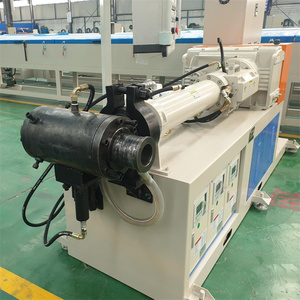

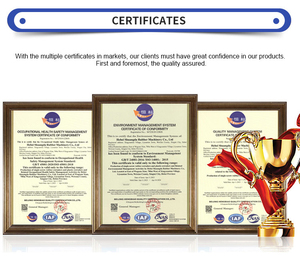











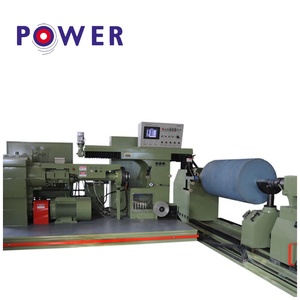

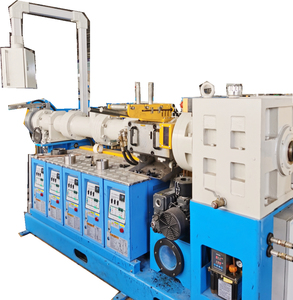




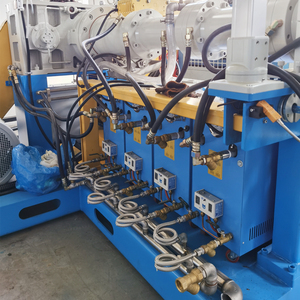










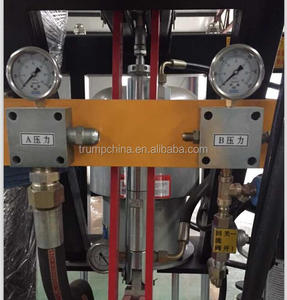
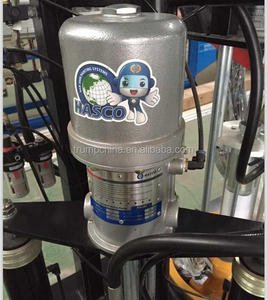

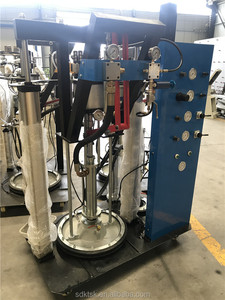







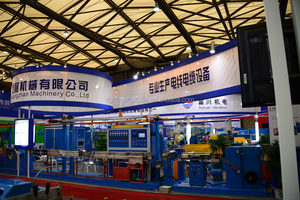







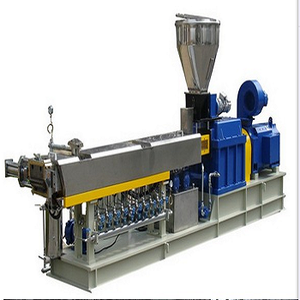

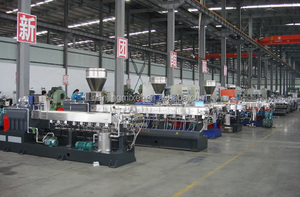

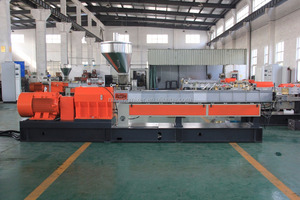






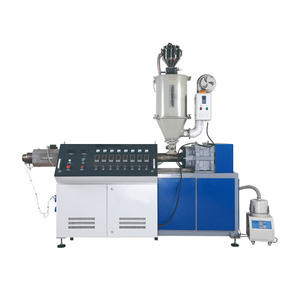








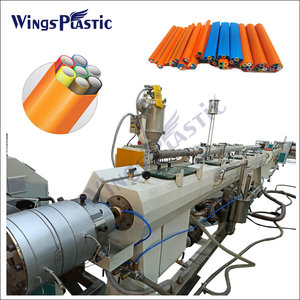
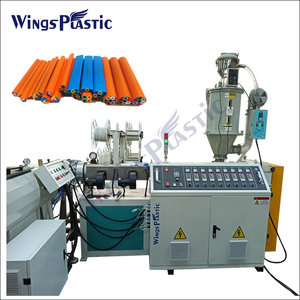


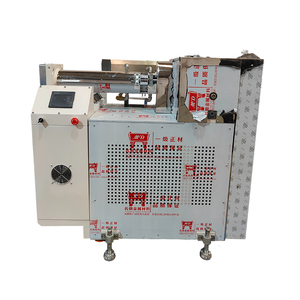






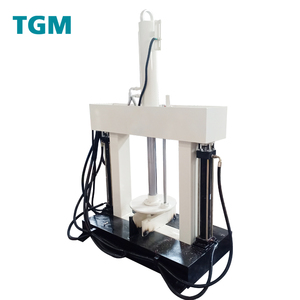


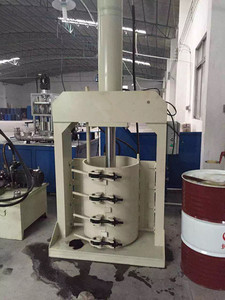































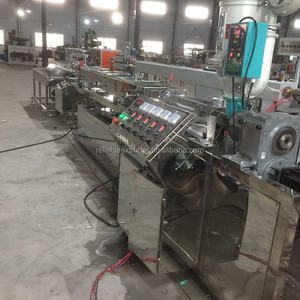



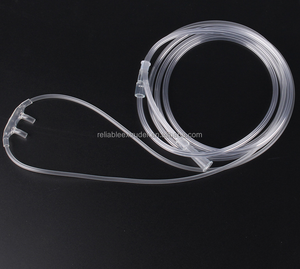
A silicone extruder is a machine that uses pressure to shapes liquid or soft silicone into a desired length and form through a die. It is normally composed of a hopper, conveyor belt, cooling system, extrusion head, cutting system and control panel. Industrial silicone extruders comes in differnt types and specifications, including vertical and paddle-type silicone mixers. The following the silicone extruder machines are popular choices:
Vacuum Pump Silicone Extruder
A vacuum pump silicone extruder can produce more than 6,000 sticks of silicone per day. This machine is able to run very well with a vacuum of 23″hg or more. A benefit of this kind of extruder is that it can continuously work without break to produce a large amount of silicone products for people. Its feeder has a capacity of 20lt and can give different sizes of products that range from 2mm to 25mm.
Screw-type Silicone Extruder
A screw-type silicone extruder is one of the most common types of extruders. It has a large screw that moves the material to the head of the die. To mold the material well, the screw has different diameters and pitches. Because of the high mixing ability and shearing power of the screw, this kind of silicone extruder can produce gaskets, seals and other products quickly.
Pneumatic Carton Packing Silicone Extruder
The function of a pneumatic carton packing silicone extruder is to package the products in a carton and then do it again for other boxes. This kind of machine has a lot of sensors and automated technology. It is able to stack products very well and to put them in boxes precisely. If people want to package products in a quick and efficient way, this kind of silicone extruder is a great choice.
Vacuum Mixer Pump Silicone Extruder
This kind of silicone extruder can mix different materials and colors together with the use of a pump and vacuum. It works by putting the material in a mixing dome where it is mixed violently with air removed from the dome by a vacuum pump. The material is then put out of the dome through the pump’s hose and into another container by the use of the dome’s discharge hose. With the use of a pigment in the material, mixed colors of silicone can be used for silicone parts.
The size of a silicone sealant extruder affects production capacity as well as floor space requirements. It comes in many sizes. Large devices can produce long continuous lengths. On the other hand, small portable extruders are convenient for working in tight spaces or onsite away from the main workshop.
The pressure system in a silicone sealant extruder determines how efficiently it feeds material through the nozzle. Hydraulic systems generate higher pressure but need more power than pneumatics, which are suitable for extruders requiring lower pressure.
An extruder's sealing and joint systems are vital for forming airtight and watertight connections. These systems include interlocks, miter joints, butt joints, and seals. Reliable joint systems minimize leakage, reduce material wastage, and ensure product integrity. Sealing methods include gaskets, adhesive tapes, and sealant compounds. Gaskets and seals can also improve joint integrity by supplanting or supplementing traditional sealing methods.
The material of the extrusion die greatly affects its performance and durability. Stainless steel has a long life and withstands high temperatures. Moreover, it maintains its shape and performance over time. Toolbox dies made from durable materials are designed for easy storage and quick changeover between products.
Silicone extruders have varying production speeds. Depending on the model, some can produce 20-30m/min, while others have speeds up to 80m/min. Speed may vary with material viscosity and the complexity of the extrusion.
Silicone extruder operating systems can be manual, semi-manual, and automatic. Automatic systems are faster, more accurate, and easier to use. However, they tend to be pricier than manual and semi-manual options.
Follow a maintenance schedule to keep the silicone extruder in excellent shape. Cleaning the extruder after each use prevents the hardening of leftover material and maintains product integrity. Lubricate moving parts regularly to ensure equipment operation and extend its lifespan. Performing routine inspections allows for the quick detection and repair of minor damages before they become major, saving costs in the long run. Store the extruder in a controlled environment that is dry and dust-free. Adhere to recommended operating temperatures and pressures to prevent overheating, mold, and smoking.
Silicone extruder machines are versatile pieces of equipment adapted for many applications across various industries. Some of those applications are as follows:
Seals and Gaskets
The silicone extrusion machine is used to create seals and also make gaskets which are used to provide cushioning, support, and sealing around windows, doors, windshields, and automotive components.
Automotive Components
In the automotive industry, silicone extruders are used to produce various automotive parts such as trims, hoses, weather strips, tubing, and seals. These components made with silicone extrusion machines enhance comfort and also improve performance, thermal stability, moisture, chemical resistance, and electrical conductivity, among other features.
Inner and Outer Cables of Wires
Silicone wire extruders are used to produce electrical wires and cables, which are usually defined by excellent heat resistance and low toxicity in their operating procedures. Silicone rubber is often used as an insulating material and internal conductive core in wires and cables to ensure electrical signals transfer well even in high temperatures.
Medical Devices and Healthcare Products
In the medical industry, silicone extrusion devices are used to produce silicone tubes, catheters, and other medical components. These components made with silicone material can withstand high temperatures. They can also be cleaned up thoroughly and thus help prevent infections.
Construction and Building Products
In the construction industry, silicone extruders help produce architectural seals, silicone tubing, weatherization products, expansion joint fillers, and more. Silicone materials are adaptable and resist harsh environmental conditions. Thus, the components made of them created for the construction industry are durable and reliable.
Kids and Baby Product
Because of its non-toxic characteristic, silicone extruders are frequently utilized in children's and infant products. Baby bottles, pacifiers, teats, and toys are all examples of this. Silicone rubber is flexible and safe for kids to use, making it simple to clean and sterilize.
Signage and Lighting Components
The silicone extrusion operator creates the light pipe in the advertising sign component. It is also possible to use it as a light guide. It translates the light emitted by the LED source at its bottom to a different part so that the whole object can be illuminated. The silicone material has optical properties that allow it to disperse and transmit light, which means that it will enable it to form a bright and even display.
Q: What types of materials can be used with a silicone extruder?
A: Silicone extruders are designed to work with various types of silicone materials, including but not limited to architectural, industrial, food-grade, medical-grade, and high-temperature-resistant silicones.
Q: Can a silicone extruder be used for materials other than silicone?
A: While silicone Extruding machines are specifically designed for silicone, some models may be adapted to extrude other materials like plastic or clay. This solely depends on the machine's design and specifications. Generally, the best way to know if a machine can extrude a material other than silicone is to check with the manufacturer's guidelines or consult with an expert. If the machine can extrude another material, it will likely require adjusting and replacing some parts to extrude the new material correctly. However, we strongly advise against this practice as it might damage the machine. The most viable option would be to get a machine designed to extrude the material.
Q: What are the advantages of using a silicone extruder in production?
A: The benefits of using a silicone extruder include high production rates, precise shaping, flexibility in making complex designs, uniformity, cost-effectiveness, and creating durable and high-quality products.
Q: Can a silicone extruder be integrated into automated production lines?
A: Yes, many silicone extruders are now designed for easy integration into automated production lines alongside other machines for continuous high-efficiency manufacturing.